1. They grow far larger than tank size suggests
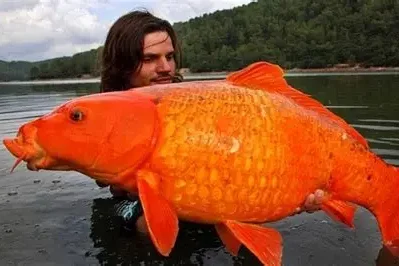
It often starts with good intentions. A small goldfish outgrows its tank, and someone thinks a pond or lake will give it a better life. But in the wild, they grow much bigger than most people imagine. While bowls and aquariums keep them small, natural waters let them reach over a foot long. Larger size means stronger digging, heavier feeding, and greater impact on delicate ecosystems. What once looked harmless inside glass becomes a force that reshapes ponds and lakes. A tiny pet quickly transforms into an oversized problem that communities never saw coming.
2. They churn up sediment and unlock hidden nutrients
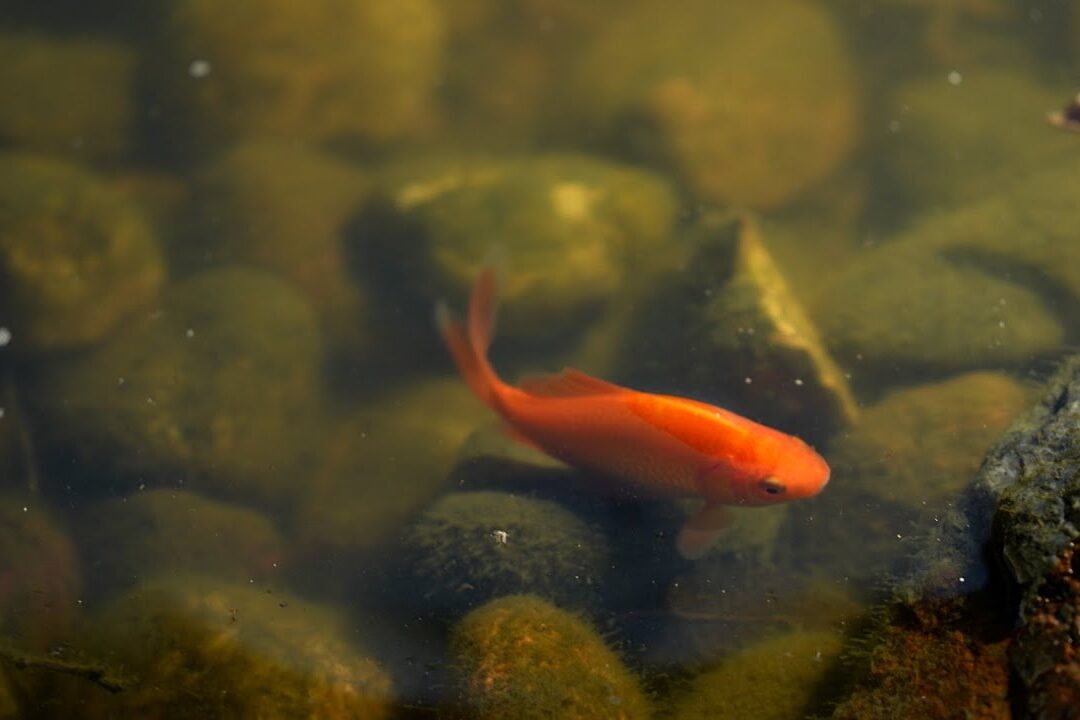
When goldfish feed, they dig deep into pond bottoms like underwater tillers. This constant rooting stirs mud, releasing nutrients trapped in the sediment. What was once clear water quickly turns cloudy, and excess nutrients fuel algae growth. The green film spreads, blocking light, reducing oxygen, and stressing every creature in the water. A small group of goldfish can alter an entire system by simply eating the way they naturally do. What feels like a simple feeding habit creates cycles of imbalance, leaving communities to deal with ponds that look and smell unhealthy.
3. They tear down underwater plant forests
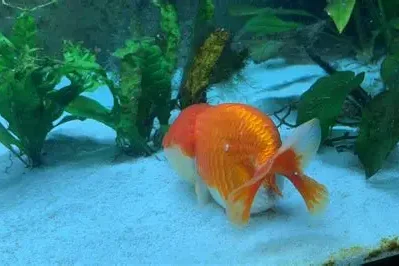
Goldfish are destructive gardeners. They pull up plants as they feed, snapping shoots and destroying tender growth before it can spread. Underwater plants form the forests of a pond, offering food, shelter, and protection for smaller creatures. Once removed, habitats collapse, leaving fish fry, amphibians, and insects exposed. Shorelines erode, nurseries vanish, and balance is lost. These forests keep water stable, and their loss changes everything. The environment tilts away from diversity and becomes flat, unstable, and unwelcoming. A single act of release is enough to turn thriving green waters into barren stretches of emptiness.
4. Their populations explode, then reinforce the damage
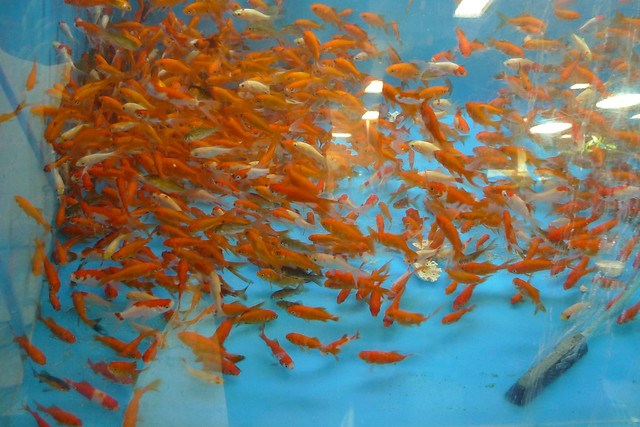
Goldfish are designed to reproduce rapidly. A single female can produce thousands of eggs in one season. Even if only a fraction survive, the numbers add up quickly. Soon, a few released pets become a swarm that dominates the water. With more fish comes more sediment churned, more plants removed, and more stress for natives. This creates a cycle where goldfish keep making the habitat worse, while the worsening habitat gives them more advantage. The system feeds itself, locking out other species. What began as kindness to one pet becomes an unstoppable feedback loop.
5. They carry disease and parasites into new waters
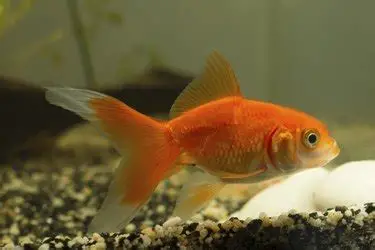
When goldfish are released into unfamiliar waters, they bring more than themselves. They can carry parasites or diseases that local species are not equipped to handle. The stress of moving often increases the risk of spreading these hidden threats. Once in a pond or lake, these illnesses can spread quickly, leaving wildlife managers with new problems to solve. Testing and treatment in open waters are costly and rarely fully effective. What seems like a harmless act of setting a pet free can unleash risks that linger for years and affect entire aquatic communities.
6. They outcompete native bottom feeders
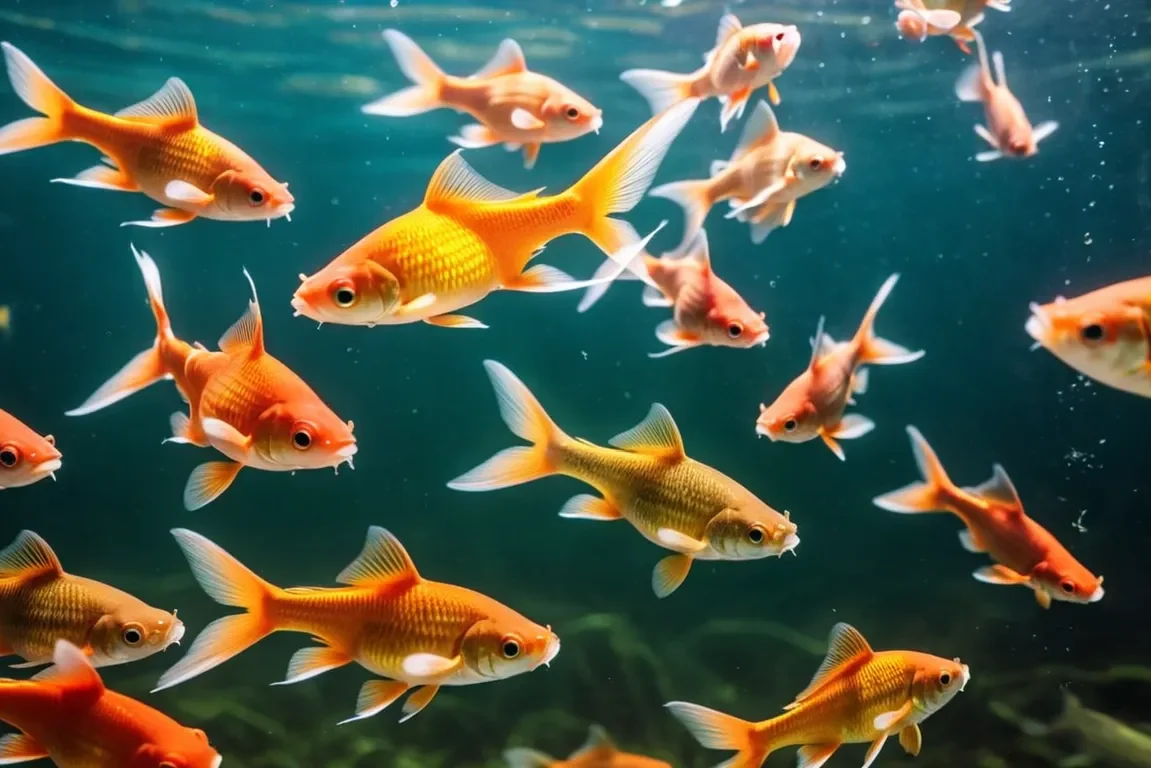
Native species like minnows and young sunfish spend their lives feeding near the bottom, but goldfish overwhelm them. In large numbers, goldfish stir up more mud and eat more of the available food. Native species cannot compete, and predators that depend on clear water to hunt lose their edge. Over time, biodiversity shrinks, and ponds become dominated by goldfish and a few other hardy survivors. What was once a place where many species thrived becomes narrowed into a less diverse system. The winners are few, the losers many, and balance disappears.
7. They sabotage stormwater ponds and urban lakes
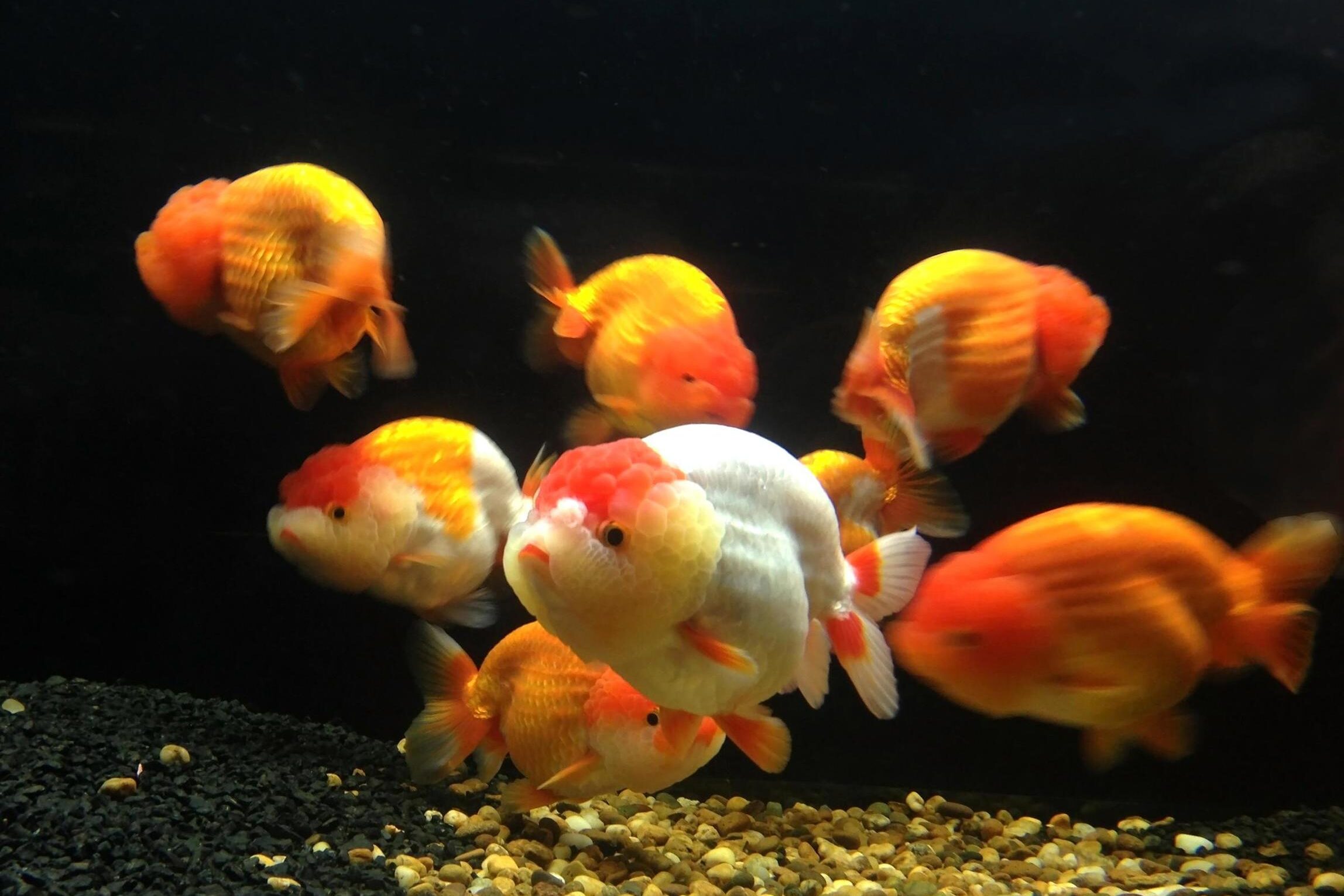
Many cities use stormwater ponds to improve water quality, filtering out sediments before they flow downstream. Goldfish disrupt this purpose by constantly stirring the bottom and keeping sediments moving. What should be clear turns murky, often with algae blooms following behind. Residents notice foul smells, scummy surfaces, and even dead fish. City managers face the frustration of costly cleanups, draining ponds, and rebalancing ecosystems. The very structures meant to protect communities become liabilities. What was built to solve problems ends up burdened with new ones, all traced back to a few released pets.
8. They drive costly, long running removal campaigns
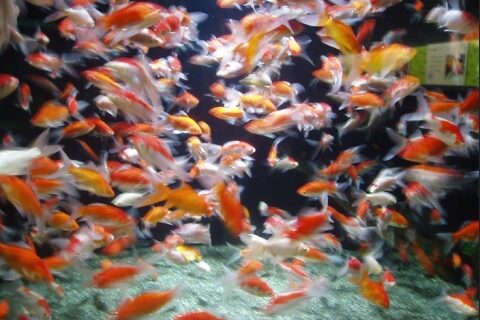
Once goldfish populations establish, removal becomes an expensive and frustrating challenge. Wildlife agencies rotate through traps, nets, and even chemicals, but success is rarely immediate. Even after months of effort, just a handful left behind can start the cycle again. Cities are forced to return again and again, spending more resources each time. The process strains budgets and public patience, leaving communities to wonder why it began at all. Compared to the cost of prevention through education and pet return events, removal feels like a never-ending bill no one signed up for.
9. They destabilize oxygen and chemistry
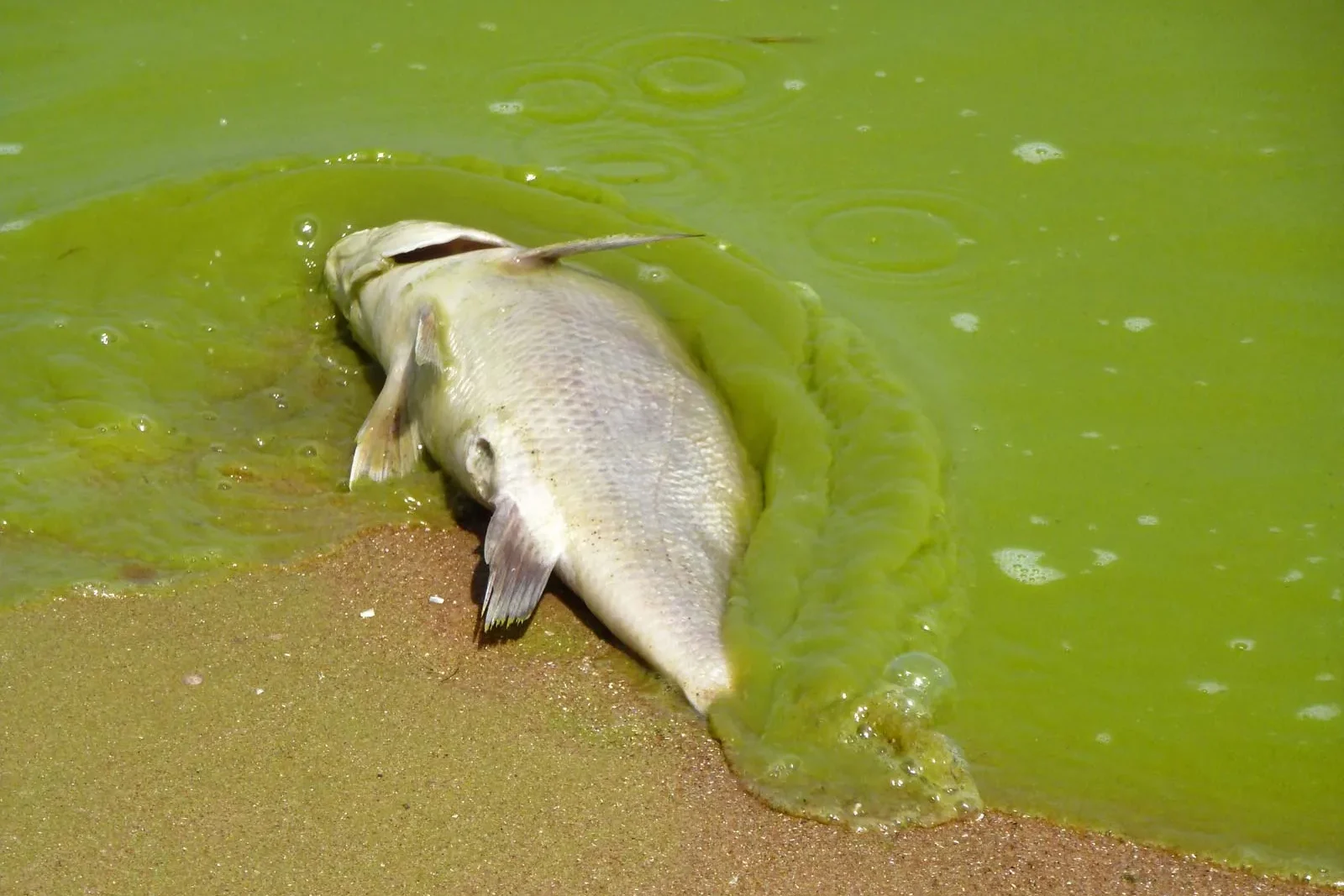
Goldfish disruptions reach deep into pond chemistry. Algae blooms fueled by stirred-up nutrients change the oxygen balance dramatically. During the day, oxygen levels spike, while at night they crash dangerously low. These swings stress fish, frogs, and insects, especially in warmer weather. Some algae even release toxins, worsening the situation. Sudden die-offs often follow heat waves or storms, leaving water managers scrambling. Aerators and dyes may be used as temporary fixes, but they do not solve the root problem. A balanced system is stable, but with goldfish, the chemistry becomes unpredictable and costly to control.
10. They are harder to catch than you think
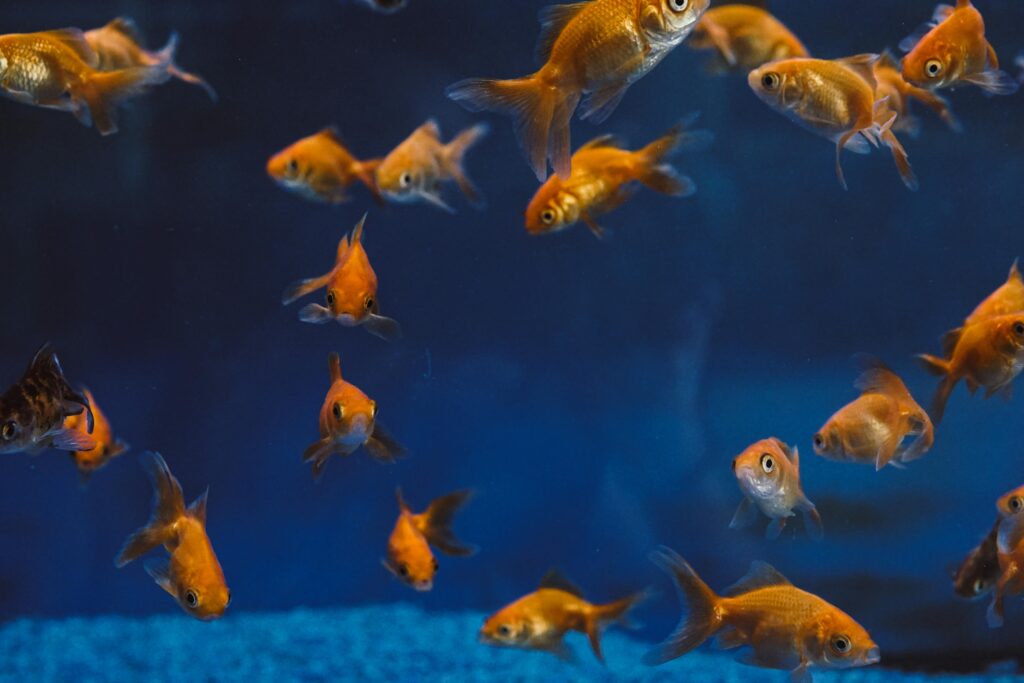
People sometimes assume fishing or natural predators will solve the problem, but goldfish are clever. In open water, they quickly learn to avoid nets and stay wary of attempts to capture them. Their reproduction rate far outpaces what casual removal can handle. Without coordinated professional efforts, they bounce back faster than they are removed. The result is endless frustration for those who try piecemeal approaches. Once goldfish populations take hold, they demand resources and time most communities cannot sustain. Prevention is the clear message, because catching them later is rarely enough.
11. There are better exits than the lake
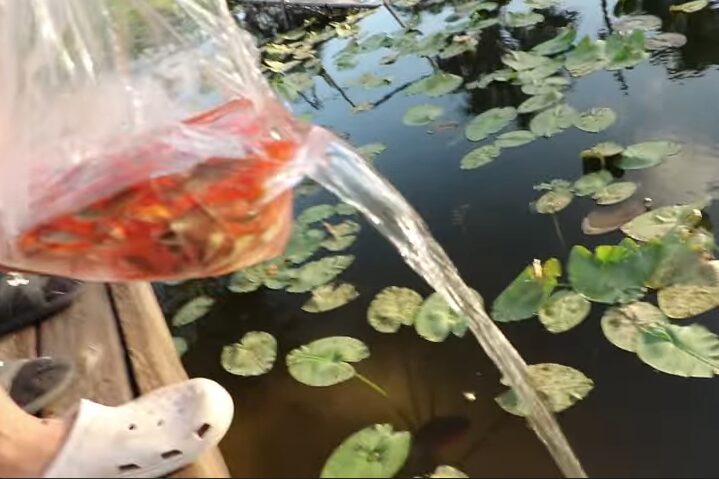
Releasing pets into the wild feels kind but creates harm. Better choices exist for goldfish that can no longer be kept. Aquarium clubs, schools, shelters, or city pet amnesty events often take them in. Sometimes just a simple call or photo finds them a new home. When necessary, veterinarians can guide humane end-of-life care. What matters most is choosing responsibility over convenience. A pond or lake should never be the solution. In the end, preventing problems is easier than fixing them, and it starts with one thoughtful decision.
This story When Pet Goldfish Get Loose: 11 Surprising Problems They Cause in Our Waters was first published on Daily FETCH


